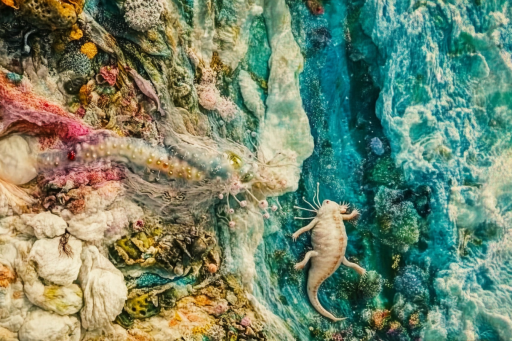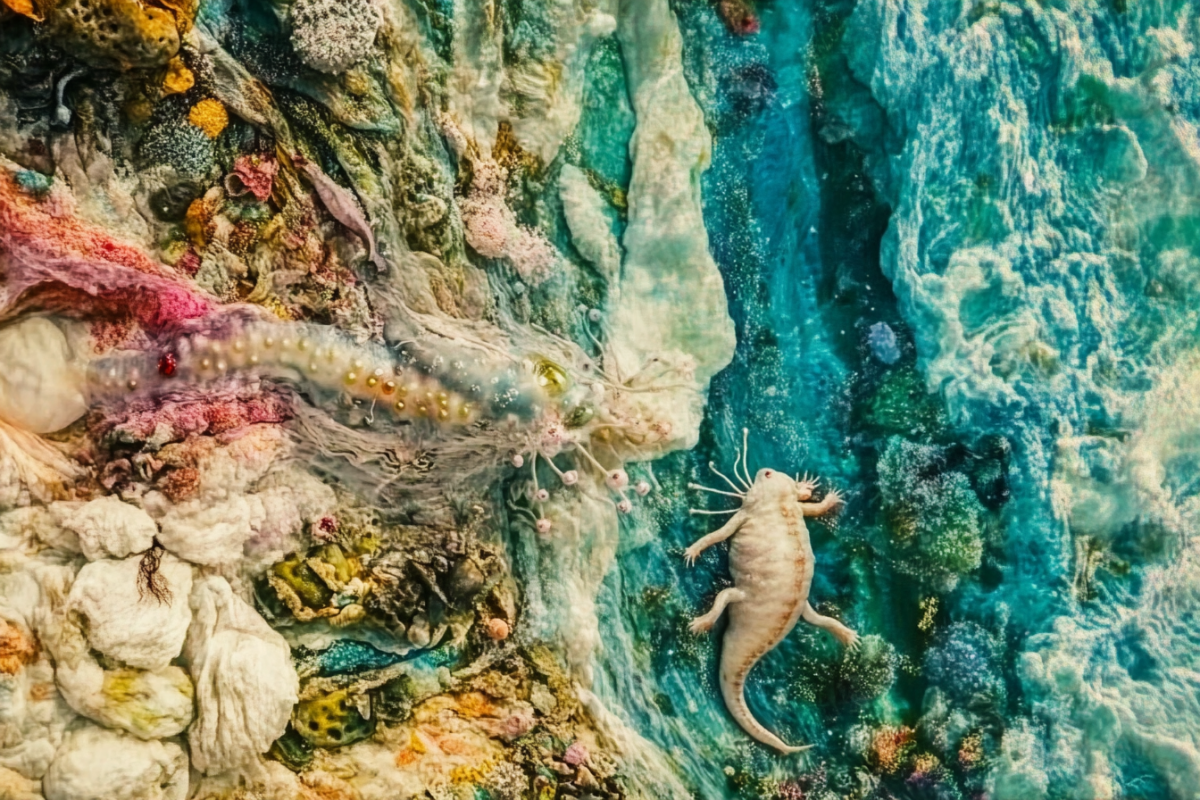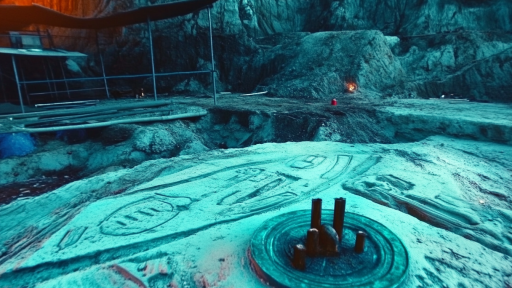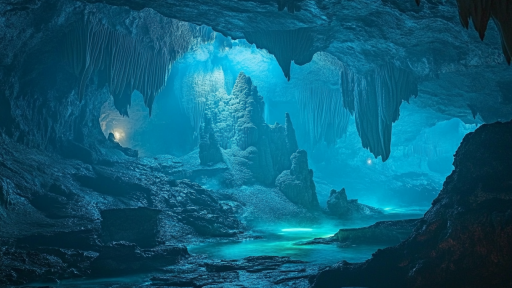
Life, as we understand it, follows certain fundamental rules—but nature has a way of breaking expectations. Scientists have uncovered bizarre organisms, mind-bending adaptations, and biological anomalies that defy what we thought was possible. These discoveries challenge the very foundation of biology, forcing us to rethink our definitions of life itself. From creatures that can survive in space to organisms that rewrite their own genetic code, explore these mind-blowing revelations that push the limits of what life can be.
Tardigrades: The Indestructible Micro-Animals

Tardigrades, also known as water bears, can survive conditions that would be fatal to nearly every other known life form. These microscopic creatures endure the vacuum of space, extreme radiation, boiling heat, and freezing cold by entering a near-death state called cryptobiosis. Scientists have even revived tardigrades after decades of dormancy. If life can persist against such extremes, what does that mean for the possibilities of life beyond Earth?
The Immortal Jellyfish

Turritopsis dohrnii, a jellyfish species found in oceans worldwide, has the astonishing ability to revert its cells back to an earlier stage of life, effectively escaping death. This biological trick allows it to restart its life cycle indefinitely, making it biologically immortal under the right conditions. Scientists studying this phenomenon hope to unlock secrets about aging and regeneration. Could this tiny sea creature hold the key to extending human life?
The Zombie Fungus That Controls Insects

Deep in the rainforests, a parasitic fungus known as Ophiocordyceps infects insects, hijacking their nervous systems and forcing them to climb to high vantage points before erupting from their bodies. The fungus then spreads its spores, continuing the cycle in a gruesome display of biological manipulation. This eerie form of mind control raises unsettling questions about how fungi might influence life in ways we don’t yet understand. Could there be other organisms capable of controlling behavior on a larger scale?
The Octopus: A Creature Unlike Any Other

Octopuses defy conventional biology with their extraordinary intelligence, problem-solving skills, and ability to alter their skin texture and color instantly. Even more baffling, their DNA structure appears vastly different from most known organisms, leading some scientists to speculate that they could represent a form of life unlike anything else on Earth. Their alien-like abilities challenge our understanding of evolution and intelligence. Could life develop in similarly unexpected ways elsewhere in the universe?
Bacteria That Eat and Breathe Electricity

Scientists have discovered bacteria that don’t rely on organic matter for survival but instead consume pure electricity. These microorganisms, found in deep caves and beneath the ocean floor, use metal and electrical currents as an energy source. This defies the traditional biological model of life relying on sunlight or chemical energy. Could similar life forms be thriving in extreme, energy-rich environments beyond Earth?
The Self-Healing Axolotl

Axolotls, a type of aquatic salamander, possess an incredible ability to regenerate lost limbs, spinal cords, and even parts of their hearts and brains. Unlike most animals that form scar tissue after an injury, axolotls regrow perfect, functional body parts. Scientists are studying these creatures in hopes of unlocking the secrets of human tissue regeneration. If nature has already found a way to regrow limbs, could we someday harness this ability ourselves?
The Mysterious Venus Flytrap’s Electrical Impulses

The Venus flytrap isn’t just a plant—it’s a predatory organism that uses rapid electrical signals to detect and trap unsuspecting prey. Unlike other plants, it can actively “count” how many times an insect touches its sensitive hairs before snapping shut, ensuring an efficient catch. This plant’s use of bioelectricity raises fascinating questions about the intelligence of plant life. Could plants be more aware of their surroundings than we realize?
Arsenic-Based Life Forms in a Toxic Lake

Mono Lake in California harbors bacteria that can substitute arsenic for phosphorus in their DNA, defying what we believed to be an essential requirement for life. This discovery shattered the idea that life must follow specific chemical rules to exist. If organisms can adapt to such toxic conditions on Earth, what other biochemical surprises might await us in the cosmos?
The Deep-Sea Fish That See in Darkness

While most deep-sea creatures live in almost total darkness, some fish have evolved an extraordinary ability to detect bioluminescent colors invisible to human eyes. These fish have multiple rod pigments in their retinas, allowing them to see a hidden world of glowing life. This discovery suggests that some creatures experience reality in ways we can barely comprehend. What other unseen spectrums of light or energy might exist beyond our perception?
Beyond the Limits of Life

Nature continuously surprises us with organisms that challenge the very definition of life. Some creatures live beyond our understanding of survival, intelligence, and even mortality. These discoveries force us to reconsider the rules we thought were unbreakable. If life on Earth can take such strange and unexpected forms, what else might be possible—on our planet and beyond?





